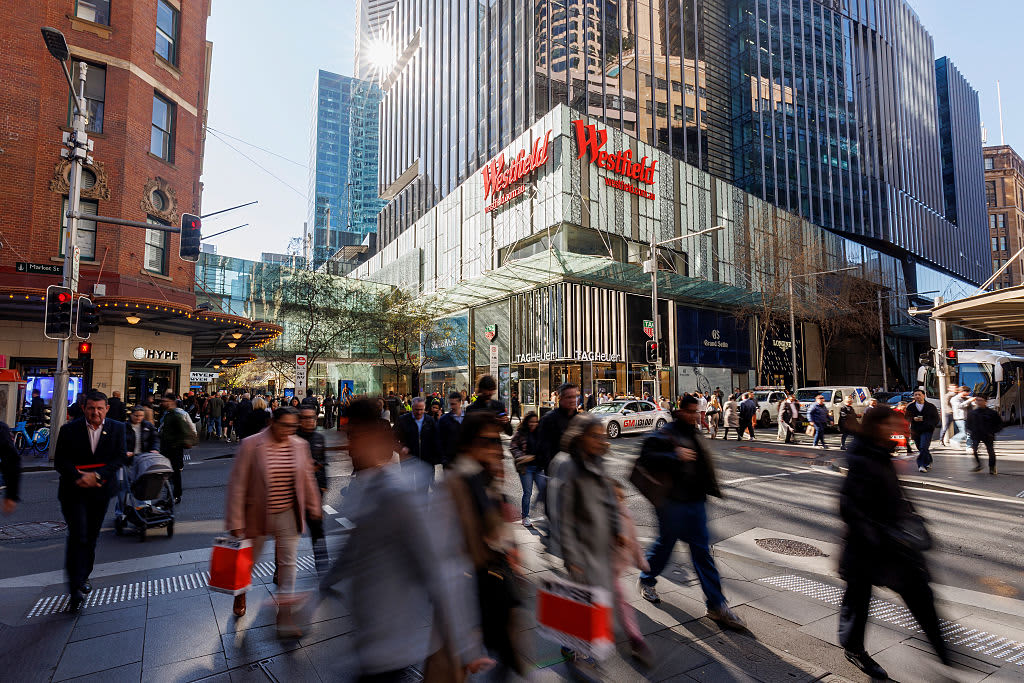PETALING JAYA: Further upside in the Malaysian markets hinges upon a stronger recovery in China and increased foreign participation in the local equity market.
Standard Chartered head of asset allocation Audrey Goh said Malaysia is generally a much more defensive market within Asia.
“When growth picks up globally, Malaysia tends to lag. Even if the country generates positive performance, it tends to lag other parts of Asia, like Taiwan,” she said at a briefing following the release of its global market outlook for the second half of 2024.
Goh said if the business cycle continues to do well and in the event that there is a strong recovery in China, then Malaysia can stand to perform better.
“The recovery in China has been quite muted, although it has been stabilising. The property market in China is still not doing very well. Prices are still declining and transactional volumes are not picking up, even though the government has been supporting the sector at the margin.
“Hence, for Malaysia, we expect it to perform in line with Asia ex-Japan. As long as global equities continue to do well, this part of the market in Asia and Malaysia should also do well,” she said.
In the report, the bank stated it is a good time to adapt to the shifting winds by staying overweight equities over bonds and cash, favouring US equities globally and India equities in Asia, as well as owning gold and emerging markets’ US dollar bonds as diversifiers.
While expectations of the US Federal Reserve’s (Fed) rate cuts have been mostly priced in by the market, Goh said the longevity of the business cycle has not been priced in as much.
“If the business cycle can be extended, then most assets can actually do quite well for the equity market. So far, the data seems to be shaping up in the direction of a soft landing.
“If the Fed can maintain a moderately growing economy, not too hot or cold, this will allow them to ease the monetary policy a little bit more to sustain the business cycle.
“If the business cycle can be extended, it will provide support for earnings. We need to see earnings grow in order to sustain the equity market’s performance,” Goh said.
On the whole, the group is expecting three to four rate cuts in the United States over the 12-month horizon until mid-2025 and one to two rate cuts by year-end.
“How the rate cuts and bond yields pan out will also depend on the US presidential election, looking at what sort of policy the new president will enact. If it is a very stimulatory sort of policy, then that forecast will be subjected to change,” Goh said.
